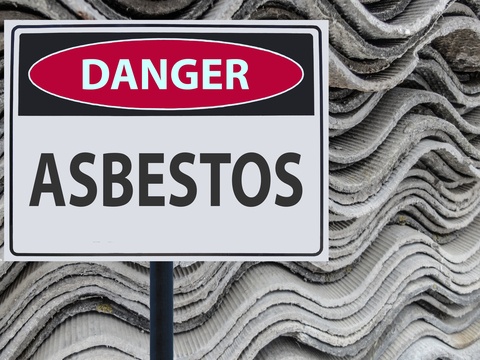Unveiling the Mesothelioma Risk Posed by Exposure to Asbestos

Asbestos is a toxic mineral found naturally throughout the world. Exposure to asbestos can cause people to develop mesothelioma, which is a rare and aggressive cancer.
A new study looked how the risk for developing mesothelioma and lung cancer for people who live around asbestos in Tehran, Iran.
Asbestos: A Fireproof, Deadly Fiber
Even though asbestos is toxic to humans, people have used it in many industries because of its special qualities. It is almost impossible to set it on fire, it is nearly impossible to corrode, and it is composed of fibers so that it can be woven into other materials. It is also cheap because it can be taken out of the ground and does not have to be created in a factory.
Breathing in asbestos can lead to serious health problems like mesothelioma. Some countries, including Iran, have banned its use because of these risks. Even though it is not used much now, old buildings with asbestos can still make the air dirty with tiny harmful fibers.
Researchers looked at air quality data from different regions in Tehran from 2011-2020. They also ran some calculations to find out the risk of people in Tehran developing mesothelioma or lung cancer during this time.
They found that between 2011 and 2012, the concentration of asbestos in the air was higher than the level recommended by the World Health Organization. The mortality risk for mesothelioma and lung cancer was also high.
After Iran banned the use of asbestos, the concentration of this toxic mineral in the air decreased, but it was still higher than the recommended standard. This is likely because of materials that are imported into the country that contain asbestos, like car parts and construction materials. This means that the risk of developing mesothelioma or lung cancer remain high, as well.
Source
Nasirzadeh N, Soltanpour Z, Mohammadian Y, Pourhasan B. Lung Cancer and Pleural Mesothelioma Risk Assessment for the General Population Exposed to Asbestos in Different Regions of Tehran, Iran. J Res Health Sci. 2022;22(4):e00563. doi:10.34172/jrhs.2022.98. https://www.ncbi.nlm.nih.gov/pmc/articles/PMC10422159/





